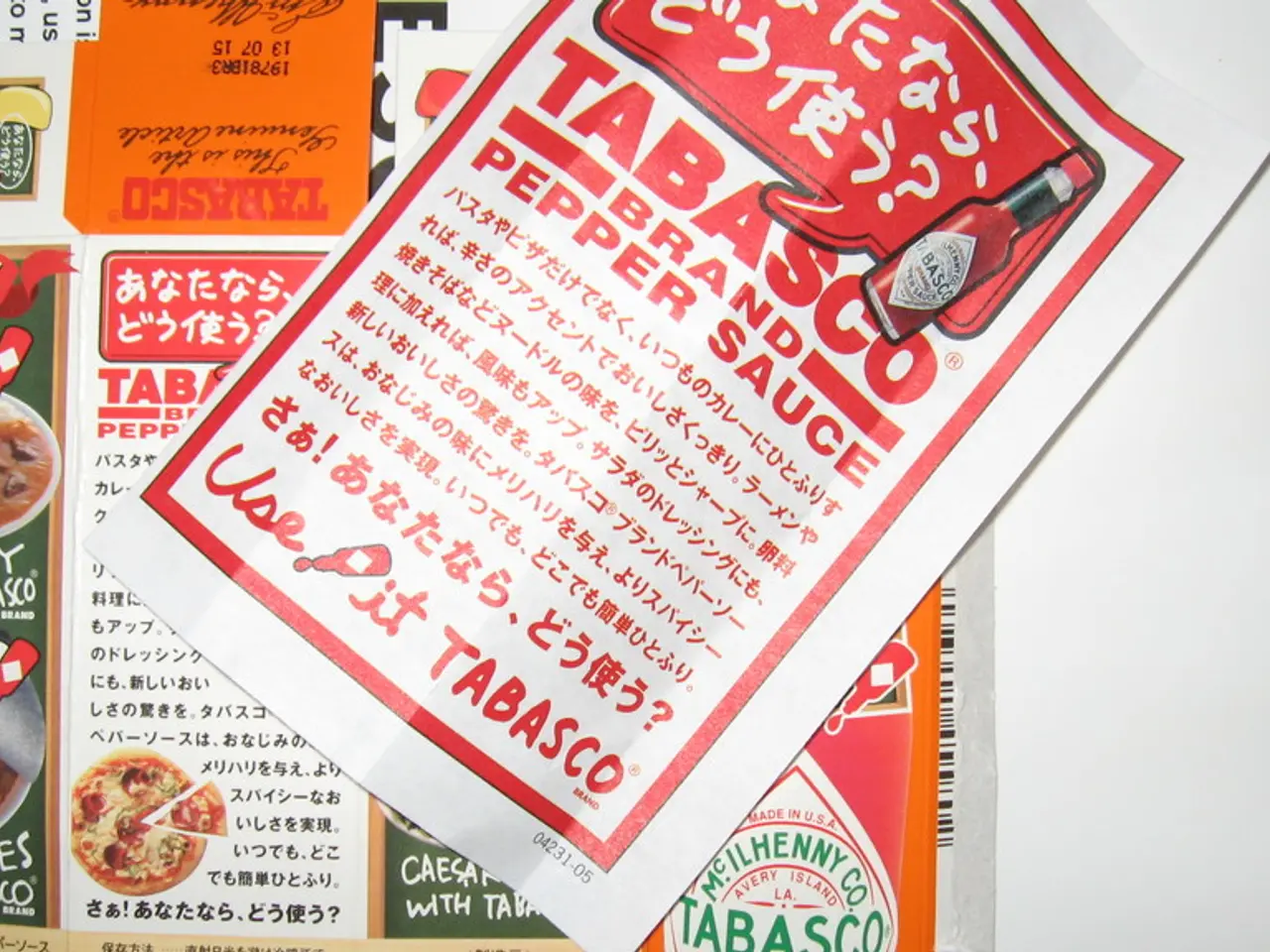Strategically Linking Influencer Performance Metrics to OKRs: A Comprehensive Guide
In the realm of modern marketing, influencer campaigns have become a powerful tool for brands to reach and engage their target audience. However, aligning these campaigns with corporate objectives and avoiding operational friction is crucial for success. Here's a step-by-step guide on how to achieve this.
Define Clear Goals and KPIs
The first step is to define specific campaign objectives and measurable KPIs that align with corporate goals. Whether it's brand awareness, sales conversion, or community growth, ensuring all stakeholders agree on these targets upfront is essential.
Data-Driven Influencer Selection
Using historical performance data and KPI-driven analysis, select influencers whose audience and style best match your goals. Consider different influencer tiers (nano to celebrity) for efficient ROI.
Multi-Platform Content Strategy
Develop a content strategy that tailors influencer content to each social media platform’s strengths while maintaining consistent brand messaging across channels.
Collaborative Workflows and Communication
Implement collaborative workflows and communication tools across marketing, creative, and media teams to synchronise campaign briefs, approvals, and content calendars. This minimises operational friction and ensures smooth execution.
Structured Onboarding Playbooks
Integrate structured affiliate or influencer onboarding playbooks to standardise feature activation, deliverable timelines, and performance calibration. This aligns influencer activities tightly with broader marketing plans and cross-functional handoffs.
Continuous Performance Analysis
Continuously track and analyse key influencer marketing KPIs (engagement rates, conversions, reach, etc.) to optimise budget allocation, content formats, posting schedules, and creator compensation models. Use A/B testing and incrementality experiments to refine strategy over time.
The "Alignment Stack"
Build a three-tier "Alignment Stack" to catch drift early. Gate KPIs (Brand-Fit Score, Safety Screen Pass Rate) that must be green before spend, Flow KPIs (Contract SLA, UTM implementation rate, Asset Delivery On-Time %) tracked weekly, and Impact KPIs (Cost per Qualified Click, Retained Followers %) reviewed at KR checkpoints.
Seal the Loop
Use the Contribution Map and Traceability Cards to pre-wire briefs, contracts, tracking plans, and dashboards. Codify "what happens when red" and automate the data capture inside the tooling you already pay for.
By following this systematic, KPI-driven, multi-team coordinated approach, influencer marketing can be transformed from a siloed tactic into a cohesive brand strategy aligned with corporate objectives that runs smoothly operationally while delivering measurable results.
Frequently Asked Questions
- How do I decide whether to optimise a campaign for engagement or sales?
- What's the quickest way to course-correct a lagging creator without rewriting the SOW?
- Which ecommerce metrics translate cleanly into influencer OKRs?
- How do I keep influencer data compatible with the wider digital dashboard?
- What does a high-yield outreach email actually need to land A-tier creators?
- How can I prove an influencer moved business outcomes, not just vanity metrics?
- If I reward loyalty with NFTs, what should I measure?
Brand Safety and Ethical Alignment
Brand safety and ethical alignment aren't "soft factors"; they're hard risk variables with P&L implications. Incident rates, decline reasons, and alignment pass/fail scores should sit alongside ROAS in your dashboard if your OKR includes "protect brand trust" or "avoid reputational incidents."
Engagement as a Diagnostic Gate
Engagement is treated as a diagnostic gate, not an end state. Practitioners scan conversation quality to judge whether conversion is plausible, not to inflate decks.
By focusing on clear goal definition, data-driven influencer selection, coordinated cross-functional workflows, and continuous performance analysis, brands can ensure their influencer marketing campaigns align with corporate objectives and avoid operational friction.
- To ensure that the influencer marketing campaigns contribute effectively to the business's financial growth and strategic objectives, it's necessary to align specific campaign objectives with KPIs that reflect corporate goals, such as brand awareness, sales conversion, or community growth.
- After selecting influencers based on historical performance data and KPI-driven analysis, it's essential to implement collaborative workflows and communication tools across marketing, creative, and media teams to seamlessly execute the campaigns and minimize operational friction.




